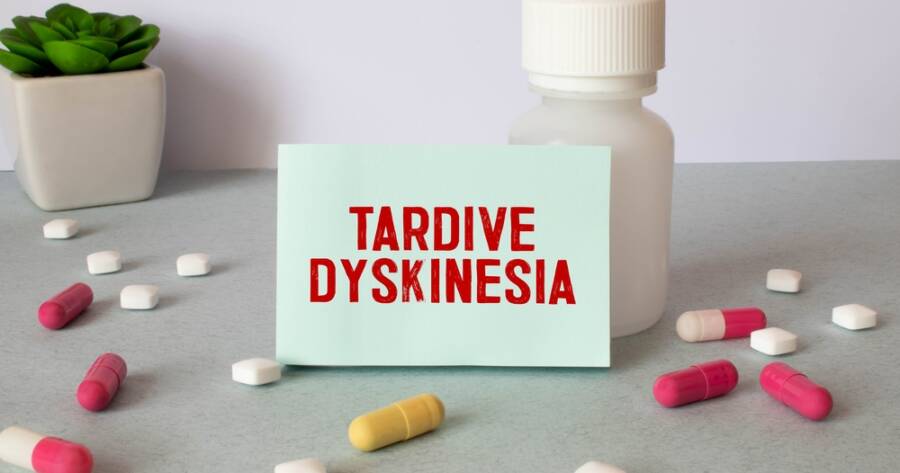Tardive dyskinesia, a challenging movement disorder triggered by long-term use of dopamine-blocking medications, presents unique management demands. Identifying symptoms and understanding risk factors are crucial in minimizing its impact. Effective management involves preventive measures, alternative treatments, and informed lifestyle choices. The proactive approach empowers individuals to navigate the complex condition confidently.
Understanding Tardive Dyskinesia
Tardive dyskinesia is a movement disorder typified by involuntary, repetitive movements, often as a side effect of long-term use of medications that block dopamine receptors, such as first-generation antipsychotics. It is most commonly associated with typical antipsychotic drugs, which have a higher affinity for dopamine D2 receptors. This condition poses significant challenges, especially if not diagnosed and managed early, but there are strategies available for its prevention and management.
Symptoms and Risk Factors
The symptoms of tardive dyskinesia include repetitive and involuntary muscle movements that often affect the face and body. Recognizing these symptoms early can drastically decrease their severity.
Certain demographic factors can increase the likelihood of developing tardive dyskinesia, including being over the age of 40, being female, especially post-menopausal, and having specific racial or genetic predispositions.
Preventative Strategies
Prevention is key when it comes to managing tardive dyskinesia. One of the most effective strategies involves minimizing the duration and dosage of dopamine-blocking medications, as well as considering alternatives like atypical antipsychotics, which have a lower risk profile due to their effects on serotonin.
It is also recommended to routinely screen patients every three to six months using tools like the Abnormal Involuntary Movement Scale (AIMS) to detect early symptoms.
Alternative Treatment Options
Once tardive dyskinesia develops, several treatment options can be considered. Switching to second-generation antipsychotics and employing VMAT-2 inhibitors such as deutetrabenazine and valbenazine can be effective for managing moderate to severe cases.
These medications have been proven to offer significant improvement in symptoms. Furthermore, incorporating antioxidants like vitamin E, vitamin B6, ginkgo biloba, and fish oil may help, although evidence for their effectiveness is limited.
Managing Lifestyle to Mitigate Symptoms
Lifestyle modifications play a crucial role in managing tardive dyskinesia. Engaging in regular physical activity is recommended to enhance both physical and mental well-being. Activities such as daily walks, swimming, or sports can be particularly beneficial.
Additionally, maintaining good sleep hygiene and reducing stress through techniques like meditation and mindfulness-based stress reduction can help stabilize the nervous system.
Reducing Risk Through Awareness and Education
Educating patients and caregivers about the potential risks associated with antipsychotic medications and the early signs of tardive dyskinesia is crucial. By being informed, individuals are better positioned to ask their healthcare providers pertinent questions and make informed decisions about their treatment plans.
This awareness can prevent the condition from progressing, as focusing on modifiable factors such as diabetes, alcohol and substance use, and smoking is critical in reducing the risk of tardive dyskinesia.
Learn More About Tardive Dyskinesia
Understanding tardive dyskinesia is essential for those at risk or experiencing symptoms. It empowers individuals to take an active role in their health and improves their ability to manage the condition effectively.
Continuous education about the disorder’s causes, symptoms, and preventative strategies can significantly impact the management of tardive dyskinesia. Furthermore, a proactive approach involving lifestyle changes, regular screenings, and consideration of alternative treatments can substantially mitigate the impact of this disorder.

